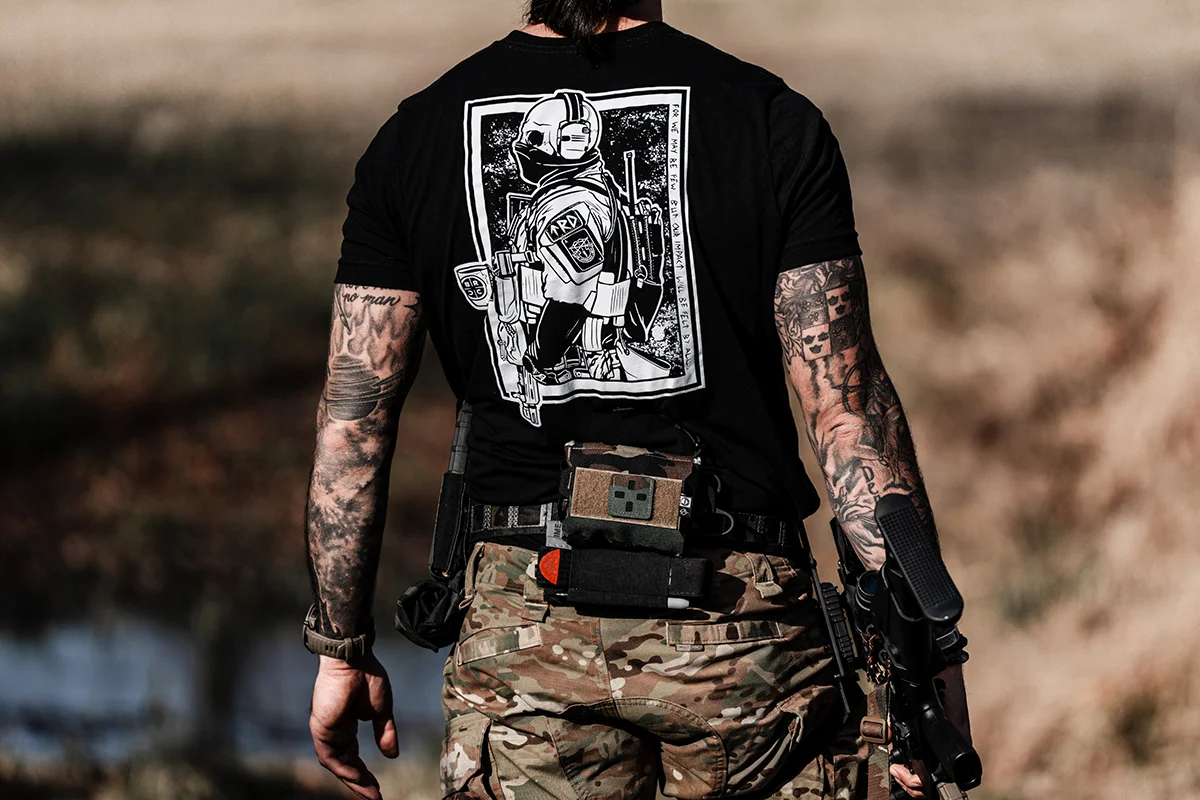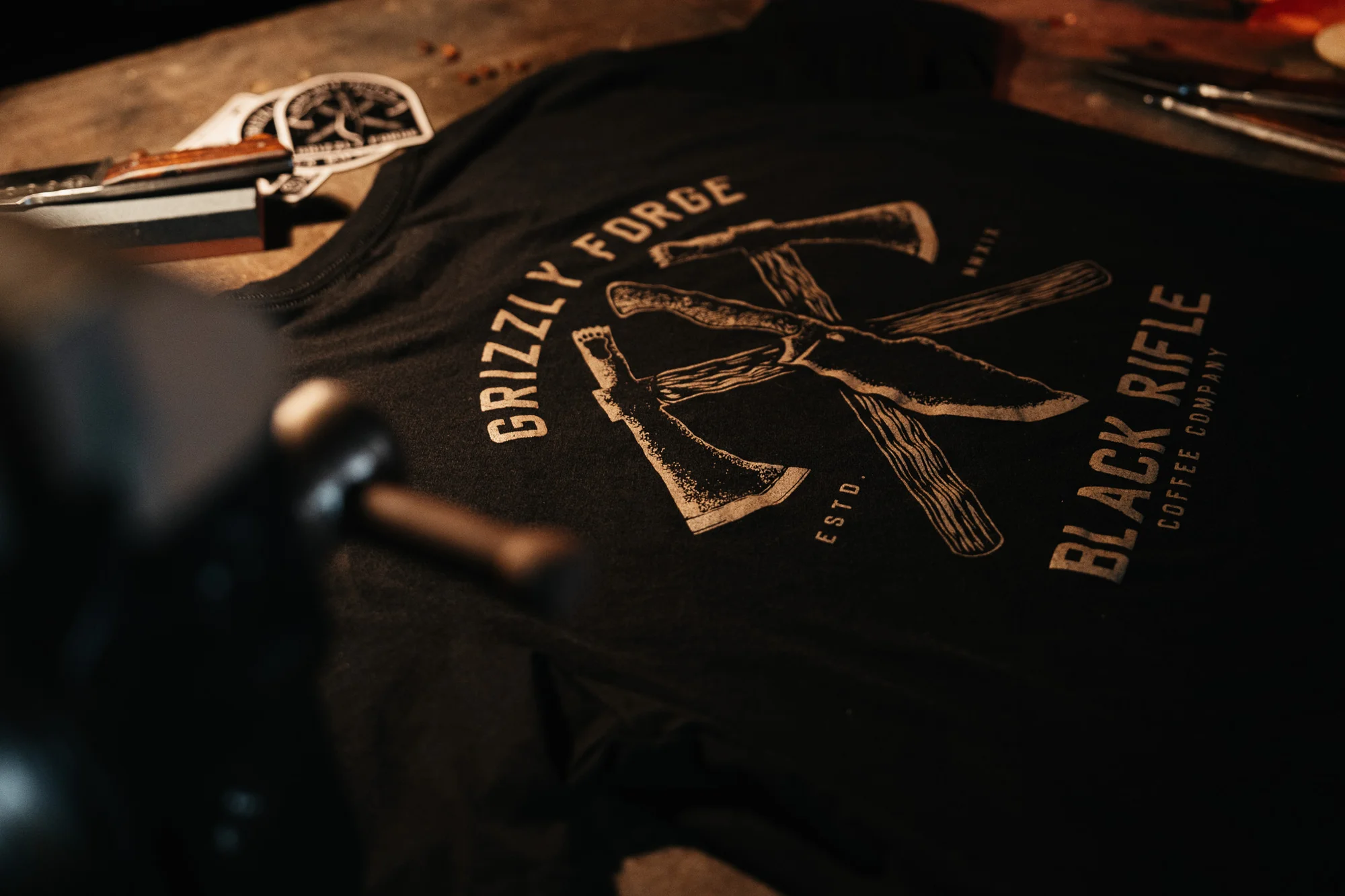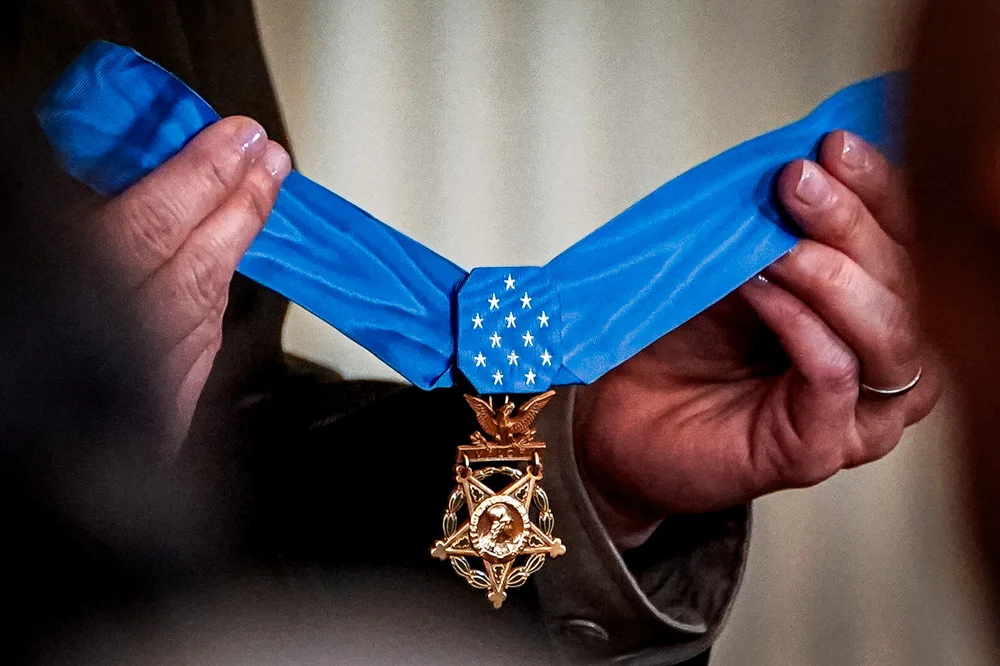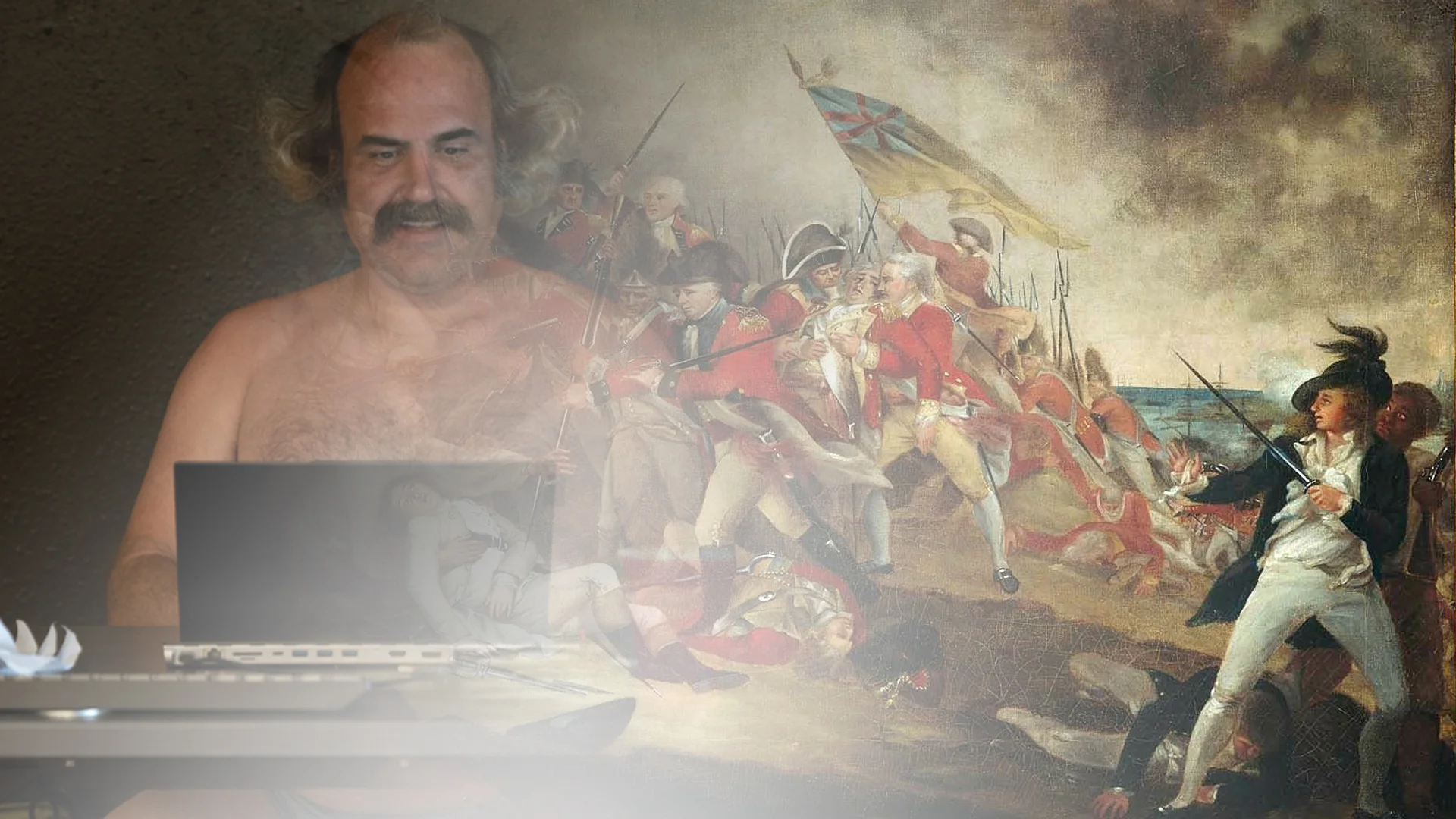Evading Security, Restoring Art to Its Rightful Spot, and Cultivating Trust — Colin Powell’s V Corps Tenure
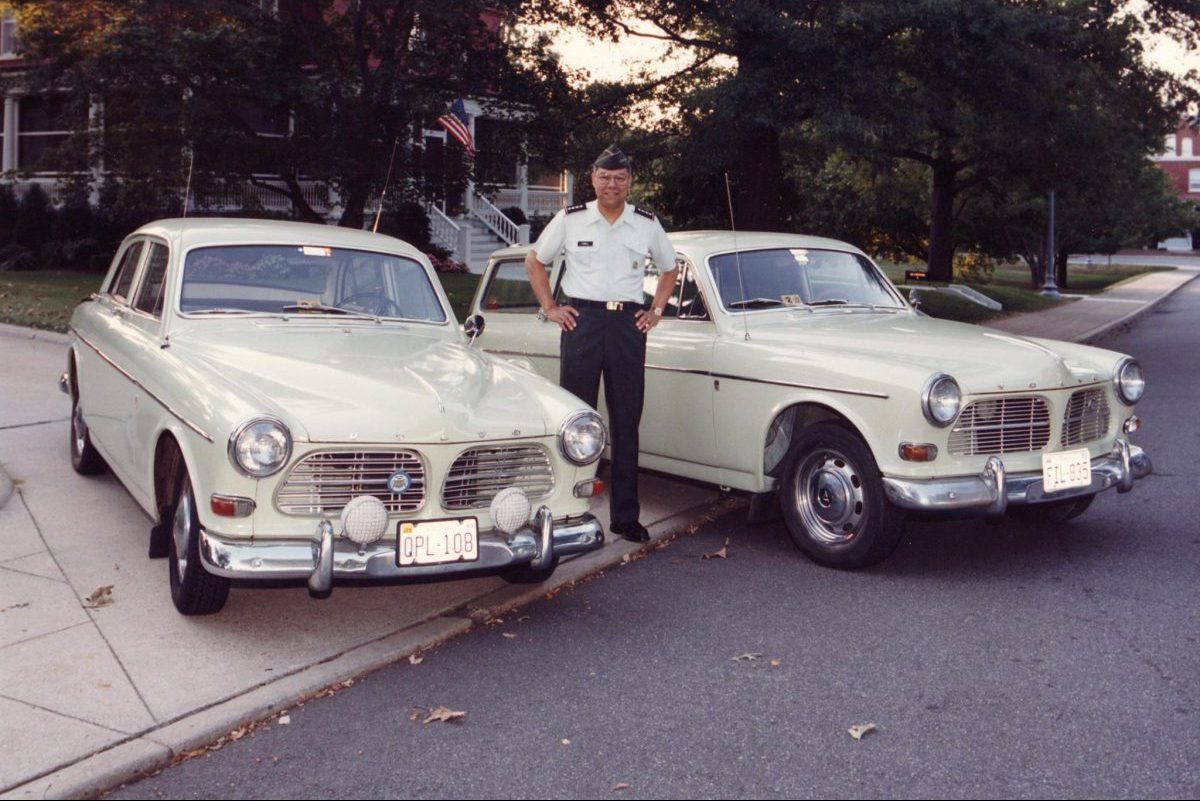
Powell had a penchant for European cars. Powell said of this photo, “Two of my favorite Volvos, now ‘retired’ in L.A. circa ’91.” In 1986, while in command of V Corps, Powell purchased a BMW 728 that he worked on with his newly befriended driver, Staff Sgt. Otis Pearson. Photo courtesy of Gen. Colin L. Powell via Facebook.
The arc of Colin Powell’s storied career spanned conflicts from Vietnam to Desert Storm and ultimately led to Washington for his tenure as secretary of state during the George W. Bush administration. During his ascent, Powell reached a number of laudable milestones, such as becoming America’s first Black secretary of state, chairman of the Joint Chiefs of Staff, and national security advisor.
In the wake of Powell’s death on Monday, Oct. 18, his legacy has spurred widespread acclaim, as well as some controversy related to his role during the runup to the 2003 Iraq invasion. Nevertheless, Powell’s time in command of the Army’s V Corps in West Germany during the 1980s perfectly encapsulated the combination of guts and pragmatism that defined his legendary leadership style.
Powell served for 35 years in the Army, retiring at the rank of general in 1993. In 1986 — then a lieutenant general — Powell took command of V Corps in West Germany. Before he arrived in the country, however, Powell had to learn to drive like a daredevil.
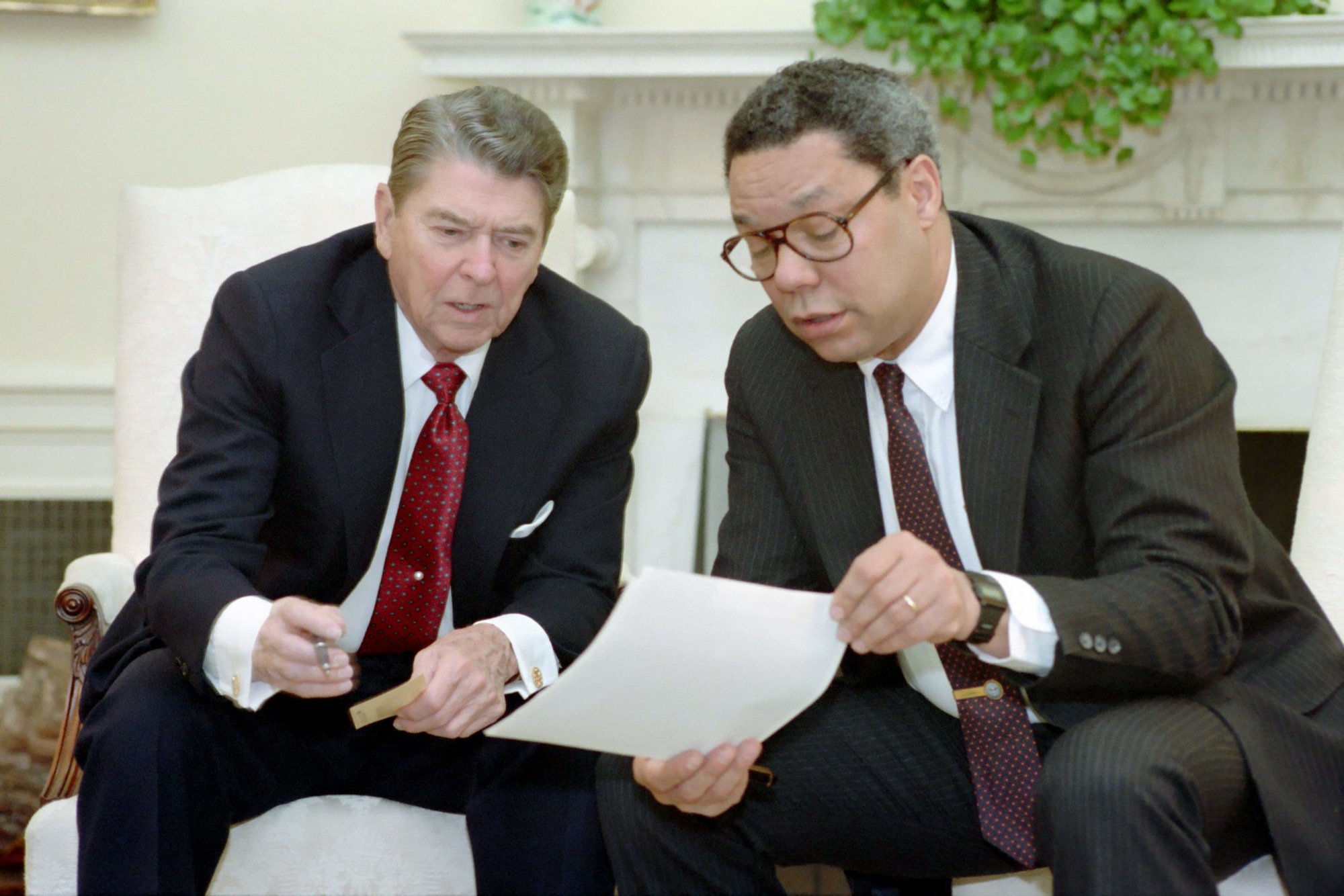
According to his bestselling autobiography, My American Journey, Powell and his wife, Alma, essentially became stunt drivers. “They had us barreling around the track taking curves at eighty-five miles an hour, practicing how to elude terrorists,” Powell wrote of the experience. “We were taught how to spin the car around at breakneck speed and wind up going in the opposite direction, like a Mafia getaway driver.”
As tensions with Germany’s Soviet East strained to the brink in 1986, West Germany saw a spike in terror attacks. That year, terrorists had already targeted US personnel in Frankfurt; a month earlier, Libyan militants had killed three people and injured hundreds more in the West Berlin discotheque bombing.
Powell had a lifelong love of cars and driving. Rumor has it, he took part in a 1967 vs 2015 Corvette race against Joe Biden (before Biden was president). Powell also had a particular affinity for the old PT Cruiser.
Before embarking for West Germany, the Powells trained in “defensive driving” at a stock-car race track in West Virginia. Describing the driving course, Powell writes: “The final test involved ramming a car blocking a road. You had to hit it just right to knock it out of the way without destroying your own car or killing yourself. Alma did not graduate with honors and did not much care.”
Once in Germany, the allure of the autobahn proved hard to resist. After his arrival, Powell quickly purchased a BMW 728. “My idea of fun was to come roaring out of the garage at Bad Vilbel like Batman and have the BMW up to 105 miles an hour on the autobahn before my guards could figure out what had happened,” Powell wrote.
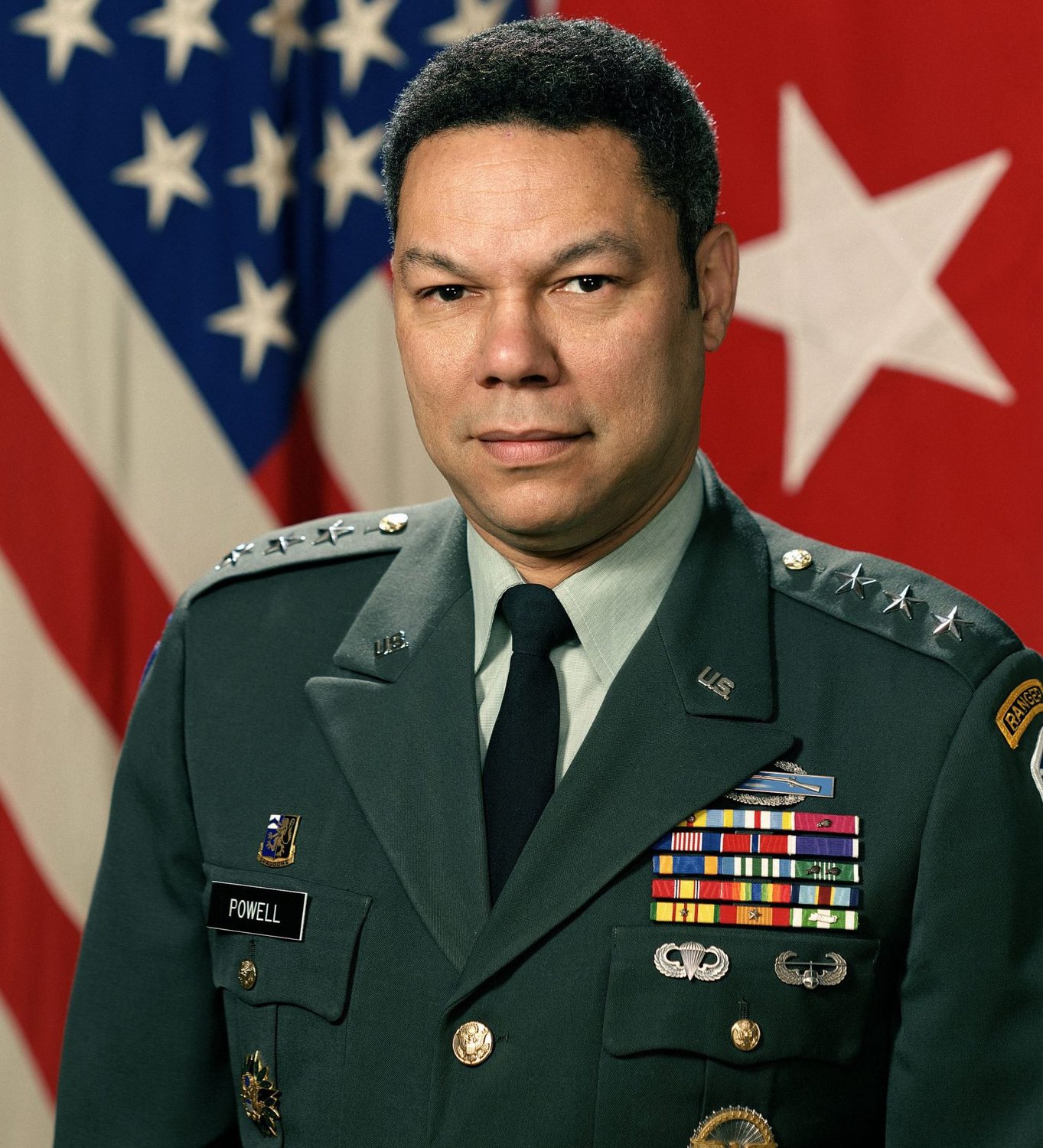
Besides his need for speed, Powell aspired to shake up the status quo in other ways. Particularly, he targeted operational habits that exploited junior personnel.
It drove Powell crazy that his bodyguards would quietly jog behind him during his morning exercise routine. During a helicopter ride with one member of his security detail, Powell inquired about the guard’s weekend work shifts. The young corporal explained that the provost marshal ordered soldiers to work if the general decided to take a jog on a Saturday morning.
Powell promptly told the provost marshal to back off the 24/7 security. “This was just the kind of overkill that I hated,” Powell explained.
Powell, who took pride in the career milestones he achieved, added: “The Army is to be enjoyed, not endured.”
At V Corps, Powell’s office was formerly occupied by Gen. Dwight D. Eisenhower during his tenure as supreme Allied commander in Europe. The complex was named after the late Gen. Creighton Abrams, whom Powell had met in Vietnam and was the namesake of the famed M1 Abrams tank.
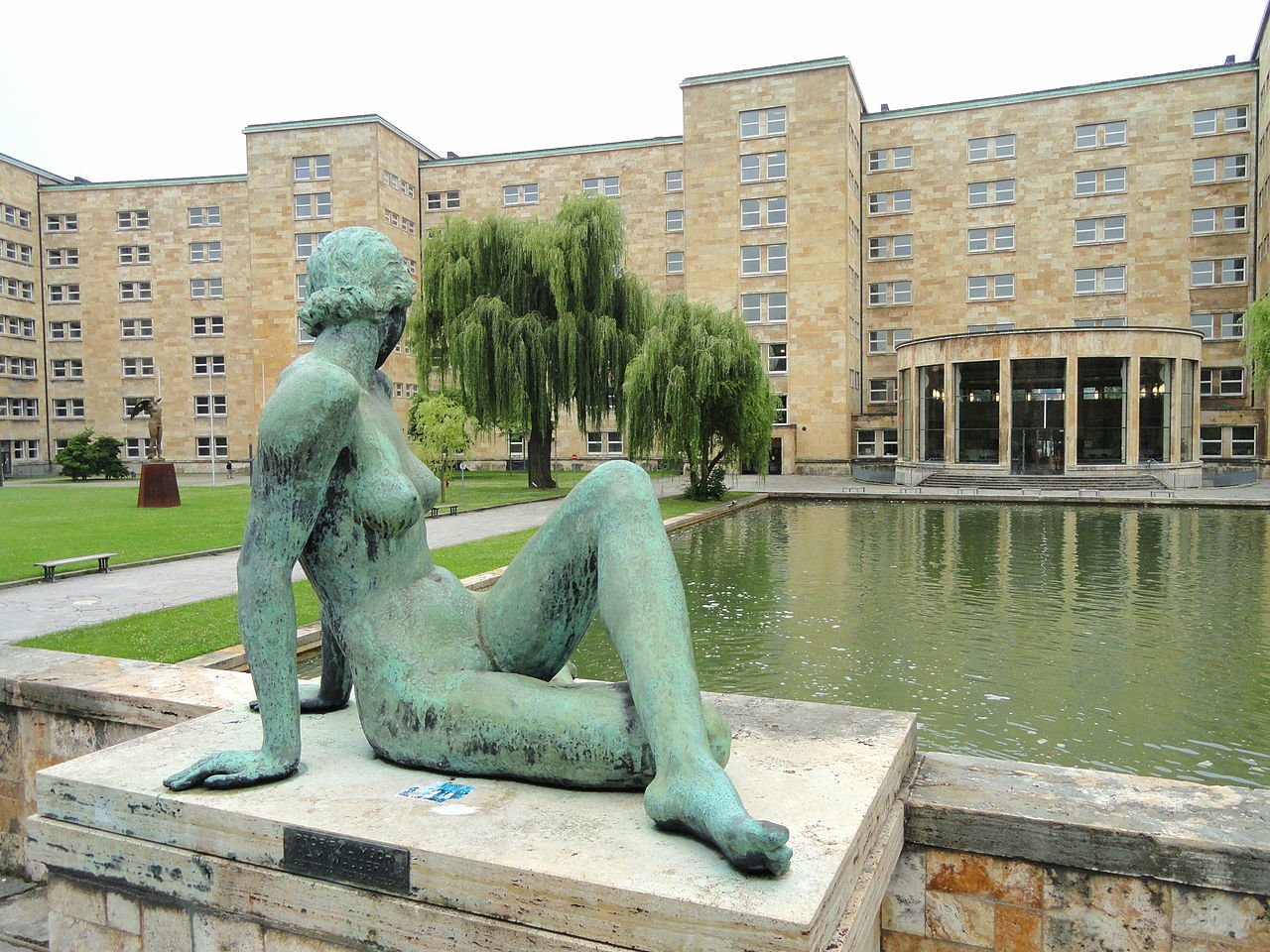
German architect Hans Poelzig had designed the Abrams Complex in art deco style. Yet the building was clearly showing its decades of wear and tear when Powell arrived.
For his part, Powell set in motion a project to restore the architectural landmark to its Weimar Republic glory days — no matter how long it took.
“It required two successors beyond Woodmansee before another of my intentions was realized,” Powell wrote, referring to his direct successor at V Corps, Lt. Gen. Jack Woodmansee. “Finding and returning a lovely statue of a nude woman that had once graced a courtyard behind the headquarters. The lady had been banished in 1947 at the insistence of the fuddy-duddy wife of an American colonel.”
Read Next:

Lauren Coontz is a former staff writer for Coffee or Die Magazine. Beaches are preferred, but Lauren calls the Rocky Mountains of Utah home. You can usually find her in an art museum, at an archaeology site, or checking out local nightlife like drag shows and cocktail bars (gin is key). A student of history, Lauren is an Army veteran who worked all over the world and loves to travel to see the old stuff the history books only give a sentence to. She likes medium roast coffee and sometimes, like a sinner, adds sweet cream to it.
BRCC and Bad Moon Print Press team up for an exclusive, limited-edition T-shirt design!
BRCC partners with Team Room Design for an exclusive T-shirt release!
Thirty Seconds Out has partnered with BRCC for an exclusive shirt design invoking the God of Winter.
Lucas O'Hara of Grizzly Forge has teamed up with BRCC for a badass, exclusive Shirt Club T-shirt design featuring his most popular knife and tiomahawk.
Coffee or Die sits down with one of the graphic designers behind Black Rifle Coffee's signature look and vibe.
Biden will award the Medal of Honor to a Vietnam War Army helicopter pilot who risked his life to save a reconnaissance team from almost certain death.
Ever wonder how much Jack Mandaville would f*ck sh*t up if he went back in time? The American Revolution didn't even see him coming.
A nearly 200-year-old West Point time capsule that at first appeared to yield little more than dust contains hidden treasure, the US Military Academy said.


